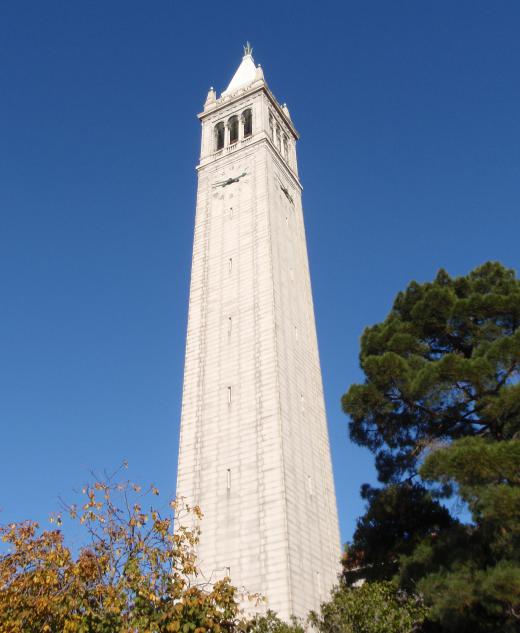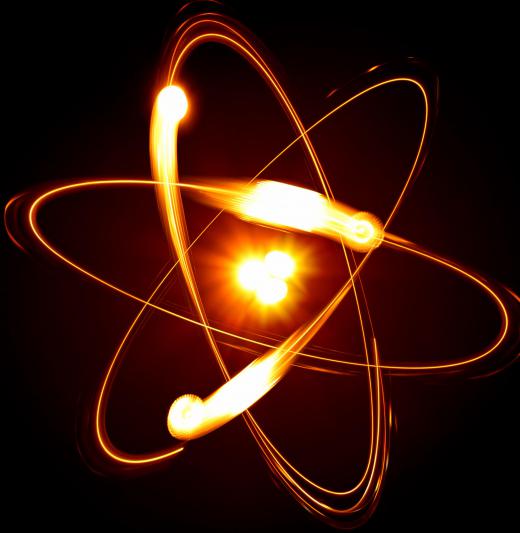What is Californium?
 Mary Elizabeth
Mary Elizabeth
Californium is the element with atomic number 98 and an atomic symbol of Cf. It was named for California and the University of California at Berkeley, where it was discovered in 1950 by a team of researchers including Albert Ghiorso, Glenn T. Seaborg, Kenneth Street, Jr., and Stanley G. Thompson using the Berkeley cyclotron. Its atomic weight is 251. It has a whitish, silvery color and is classified as an actinoid.
After the first group of naturally occurring actinoids was discovered in the period from 1789 to 1917, a second group was discovered synthetically between 1940 and 1961. This group is referred to as the transuranic actinoids, and californium was the sixth transuranic actinoid to be discovered. Although californium was first produced by bombarding curium with helium ions, it is now usually produced from beta decay of berkelium.

Some of californium's uses focus on its property of being a very strong emitter of neutrons, for example in its californium-252 isotope. A single microgram emits 170 million neutrons each minute. Besides allowing for some interesting applications, this fact also means that californium must be handled with extreme caution.
The uses of californium include the following:

• medical cancer treatments, including backup radiation therapy for several types of cancer, including brain and cervical cancer
• nuclear reactor neutron start-up
• optimization of power plants that are coal-fired
• a role in cement production
• a role in oil exploration where it can help detect layers of water and petroleum, in the process called "well-logging"
• detection of metal fatigue in aircraft
• detection of groundwater movement
• analysis of gold and silver in prospecting operations
• metal and explosives detection, the latter in airport settings
A limited number of californium compounds have been made, and these include californium oxide, californium oxychloride, californium oxysulfate, and californium trichloride. It is also available as a composite of palladium-californium oxide. Twenty isotopes have been distinguished, of which the most used isotopes are Cf-249, Cf-251, and Cf-252. In the early 21st century, californium had not yet been reduced to a metallic state.
AS FEATURED ON:
AS FEATURED ON:












Discussion Comments
thank you so much. this helped a lot on my element project for school.
Post your comments